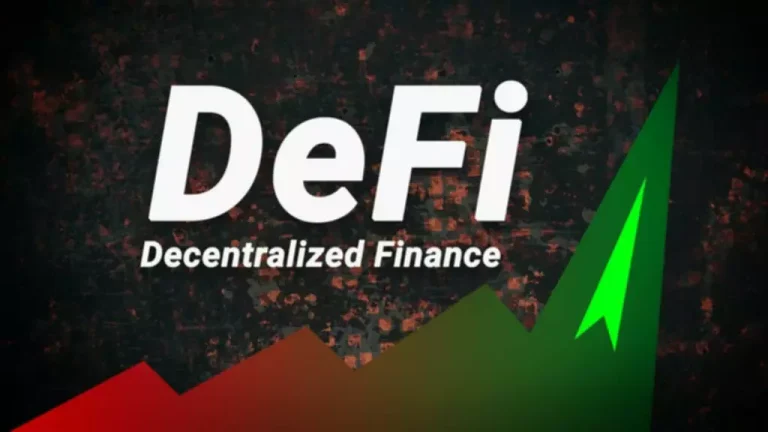You earn staking rewards from the validator community whereas holding your liquid staking token. You can even earn extra yield by putting the token to work in DeFi. For instance, you presumably can provide it to a lending protocol, be part of a liquidity pool, or use it in structured strategies. Liquid staking unlocks a quantity of income streams from a single asset. The decentralized finance (DeFi) ecosystem is present process fast transformation, driven by innovative protocols that improve effectivity, security, and value. Among these, Gyroscope stands out as a trailblazer, leveraging superior algorithms and educational analysis to redefine liquidity provision and stablecoin design.
- Liquidity pools have vital advantages, however there are additionally real risks.
- They allow customers to commerce cryptocurrencies on decentralised exchanges (DEXs), lend belongings, or earn yields by way of yield farming, staking, or mining.
- Liquidity pools serve the urge for food for top rewards for taking a high danger.
- It’s used to allow trading on decentralized exchanges (DEXs) like Uniswap or Curve, where there’s no middleman to match patrons and sellers.
Execs And Cons Of Liquidity Swimming Pools
At the core of every liquidity pool is an Automated Market Maker (AMM). This is the algorithm that sets token prices inside the pool. As trades occur, the pool costs a small fee—often round zero.3%. This fee is distributed among LPs in proportion to their contribution. This is likely considered one of the primary methods to earn passive earnings in decentralized finance.

The documentation, while thorough, wasn’t precisely newbie-friendly. And everyone assumed I knew certain things about establishing Fintech good contracts, which, spoiler alert, I didn’t. I’m talking about configuring liquidity parameters, and understanding how the AMM works underneath the hood to maintain up peg.

Liquidity pools refer to the gathering of tokens locked in a wise contract that provides important liquidity to decentralized exchanges. Liquidity swimming pools are a vital a half of Automated Market Makers (AMM), yield farming, borrow-lend protocols, on-chain insurance, and so forth. Liquidity swimming pools serve the appetite for prime rewards for taking a high danger.
What’s The Function Of A Liquidity Pool?
This is more typical for tokens which are unknown or new. Extraordinarily excessive return pools should be averted since they might be too good to be true. Why would someone want to retailer cryptocurrency in a liquidity pool versus just holding it of their hands? Let’s take a glance at the principle benefits of deep liquidity in defi protocols that entice hundreds of individuals to supply Liquidity Pools in Crypto liquidity.
It is a listing of prices which buyers are keen to pay for an asset or sellers need to sell the asset for. The more presents there are, the less likely it’s for a large order to affect the present market value, and the extra liquid the market is. Learn about the many types of liquidity swimming pools (such as multi-asset versus stablecoin).
When you’re shopping for the latest food coin on Uniswap, there isn’t a vendor on the other side in the traditional sense. As An Alternative, your exercise is managed by the algorithm that governs what occurs https://www.xcritical.in/ within the pool. In addition, pricing can additionally be decided by this algorithm primarily based on the trades that happen within the pool. DeFi buying and selling, nevertheless, involves executing trades on-chain, with no centralized party holding the funds.
Understanding the “liquidity” in liquidity swimming pools is essential to understanding why they are necessary in DeFi. Liquidity is the benefit with which an asset or security is transformed into money without considerably affecting its price. Distributing new tokens within the hands of the proper people is a very difficult downside for crypto projects. Liquidity mining has been one of many more profitable approaches. Mainly, the tokens are distributed algorithmically to customers who put their tokens into a liquidity pool. Then, the newly minted tokens are distributed proportionally to every user’s share of the pool.
Is Liquid Staking Protected In Comparability With Conventional Staking?

The base token is the one that you could trade or swap for one more token, the quote token. Liquidity swimming pools are used to facilitate decentralized trading, lending, and many more capabilities we’ll discover later. Sure, you possibly can withdraw your share at any time by redeeming your LP tokens. The sensible contract returns each your property, plus any earned charges, minus any potential impermanent loss.
Balancer allows for the creation of liquidity swimming pools with up to eight property with adjustable weights, offering extra flexibility than Uniswap. Rocket Pool offers decentralized liquid staking for Ethereum. In Contrast To centralized choices, it lets node operators be part of with as little as 16 ETH. Stakers receive rETH, a liquid staking token that will increase in value as rewards accumulate. Users who stake ETH on Binance obtain WBETH, which reflects each the staked value and amassed rewards. WBETH is totally suitable with Ethereum-based DeFi apps.